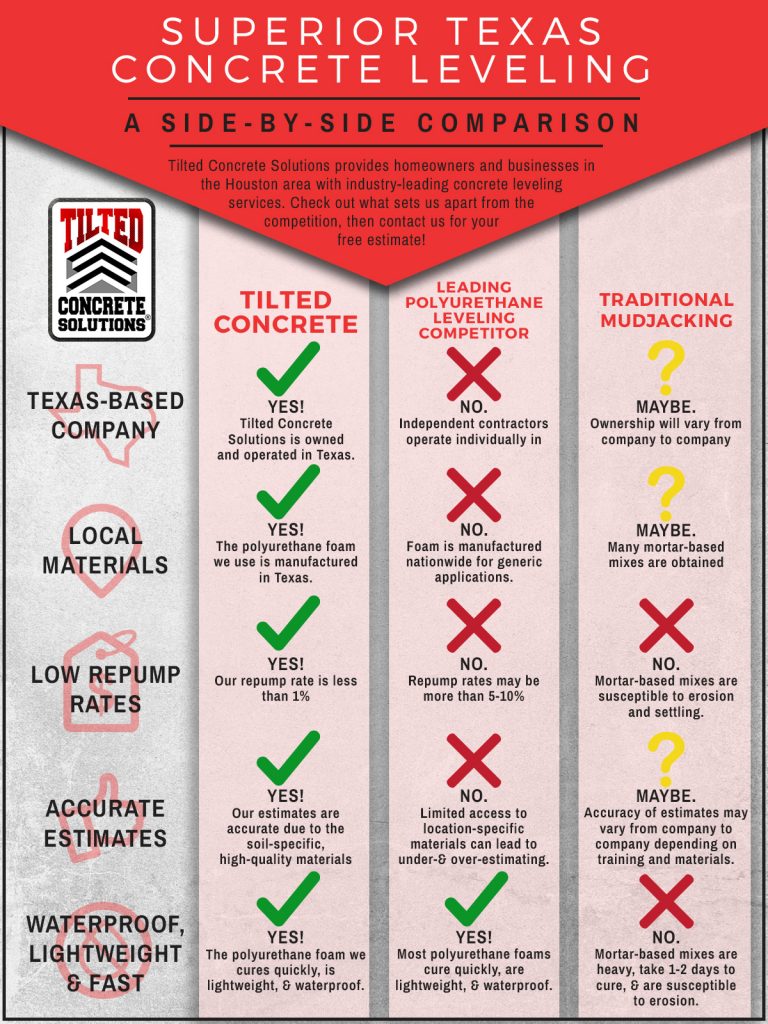The Impact Of Weather On Your Exterior Paint Job
The Impact Of Weather On Your Exterior Paint Job
Blog Article
Personnel Writer-Mclean Mohammad
Recognizing how weather conditions can influence the outcome of an exterior painting undertaking is paramount for accomplishing a remarkable surface. From temperature level variations altering paint bond to moisture degrees impacting drying out times, each element of weather plays a substantial role in the success of your project. Additionally, wind rate and precipitation can present unforeseen obstacles that may compromise the quality of the final result. As we browse with the subtleties of weather condition's effect on outside painting, it becomes apparent that thorough planning and critical timing are important for making certain an expert and resilient outcome.
Perfect Temperature Variety for Painting
When considering outside painting projects, the ideal temperature variety plays a crucial function in achieving optimal results. Painting in the right temperature conditions makes certain that the paint sticks effectively to the surface area, dries evenly, and cures efficiently. Usually, the suggested temperature level variety for exterior painting is between 50 to 85 degrees Fahrenheit.
Painting in temperature levels listed below 50 levels Fahrenheit can cause concerns such as inadequate paint adhesion, extended drying out times, and an enhanced possibility of splitting or peeling.
On the other hand, painting in temperatures above 85 degrees Fahrenheit can cause the paint to dry too quickly, leading to blistering, gurgling, and an unequal finish.
To achieve the very best results, it is essential to examine the weather forecast before starting an outside paint task. Preferably, objective to paint throughout mild weather conditions with moderate temperature levels and low humidity levels.
Impacts of Humidity on Paint Drying
Humidity levels substantially impact the drying out process of paint applied to exterior surfaces. High moisture can lengthen the drying time of paint, resulting in potential problems such as dripping, spotting, or perhaps the development of bubbles on the painted surface area. Excess wetness airborne reduces the dissipation of water from the paint, impeding the healing procedure. This is particularly bothersome for water-based paints, as they rely on evaporation for drying.
On the other hand, low humidity degrees can additionally influence paint drying out. cabinet painters near me may trigger the paint to completely dry as well rapidly, leading to poor adhesion and a harsh finish. In such situations, including a paint conditioner or spraying a great mist of water airborne can help regulate moisture levels and improve the paint end result.
To ensure optimal drying out problems, it is advisable to paint when the humidity levels vary in between 40% and 50%.
Tracking moisture degrees and taking proper steps can help achieve a smooth and long lasting paint finish on outside surfaces.
Wind and Precipitation Factors To Consider
Wind rate and rainfall are important elements that considerably affect the success of an external paint task.
When it involves wind, both speed and instructions are vital factors to consider. High wind speeds can cause paint to completely dry as well swiftly, resulting in a poor do with possible issues like splitting or unequal appearance. In addition, wind can carry debris that may stick to the damp paint, bring about blemishes. For that reason, painters must intend to service days with light to modest winds for optimum paint conditions.
On the other hand, rainfall, whether rain or snow, can be extremely harmful to the outcome of an outside paint task. Dampness from precipitation can prevent paint attachment, causing peeling and bubbling over time. It is critical to stay clear of paint during rainy or snowy climate to make certain the durability and top quality of the paint task. Painters must additionally allow enough time for the surface to completely dry thoroughly after any kind of rainfall prior to starting or returning to the painting procedure.
apartment painter
To conclude, weather conditions play a considerable function in the outcome of an outside painting task. The excellent temperature range, moisture degrees, wind speed, and precipitation all add to the success or failure of the paint work.
It is necessary to think about these factors and plan as necessary to ensure proper paint adhesion, drying out times, and overall quality of the completed product.
